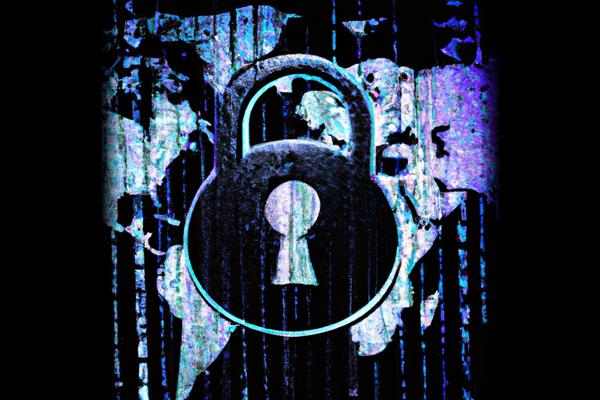Cybersecurity compliance involves meeting standardized legal [3], policy [4], or industry requirements to safeguard sensitive information and customer data. These requirements are established by various entities such as regulatory authorities, trade associations [1] [2] [3], or industry groups [1] [2] [3]. Compliance needs vary across industries, with healthcare and finance being highly regulated [3].
Description
For instance, the General Data Protection Regulation (GDPR) governs the collection and storage of private data of EU citizens [1], imposing significant fines for non-compliance. In the Software as a Service (SaaS) industry, the sought-after security framework is SOC 2 [3], which encompasses the storage, handling [1] [3], and transmission of digital data [1] [3]. ISO/IEC 27001 is a rigorous framework for managing the security of financial information [3], intellectual property [3], and other third-party information [3]. In the US healthcare industry [1] [3], the Health Insurance Portability and Accountability Act (HIPAA) regulates the transfer and storage of patient data. Additionally, the UK government has introduced the Cyber Essentials scheme to assess businesses’ protection against cyberattacks.
Compliance certifications often necessitate external auditor reviews [4]. To simplify compliance, automated tools like vulnerability management platforms can be utilized. Achieving and maintaining cybersecurity compliance requires careful monitoring [4], internal and external auditing [4], data classification and management [4], policies [4], and processes [4]. Failure to comply with cybersecurity standards can result in legal repercussions and penalties [4]. However, it is important to note that cybersecurity compliance alone does not guarantee absolute security. Ongoing monitoring and adaptation are necessary for true security [4].
Conclusion
Compliance standards are chosen to enhance organizational safety and improve internal processes [4]. They also help organizations gain credibility and trust from customers and are often required by cybersecurity insurance providers. It is crucial to recognize the potential legal consequences and penalties of non-compliance. Moving forward, continuous monitoring [4], adaptation [4], and staying up-to-date with evolving cybersecurity threats are essential for maintaining effective security measures.
References
[1] https://thehackernews.com/2023/09/essential-guide-to-cybersecurity.html
[2] https://vulners.com/thn/THN:EF9D5E2BD2D222471AA73C061AD5D181
[3] https://beker.uk/2023/09/26/essential-guide-to-cybersecurity-compliance/
[4] https://www.pdq.com/blog/what-is-cybersecurity-compliance/





